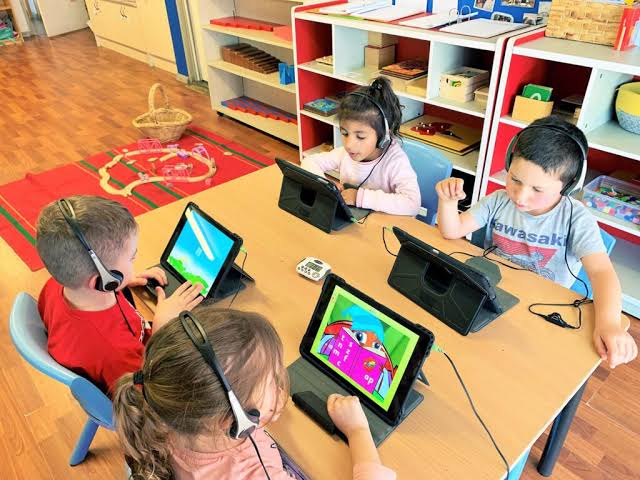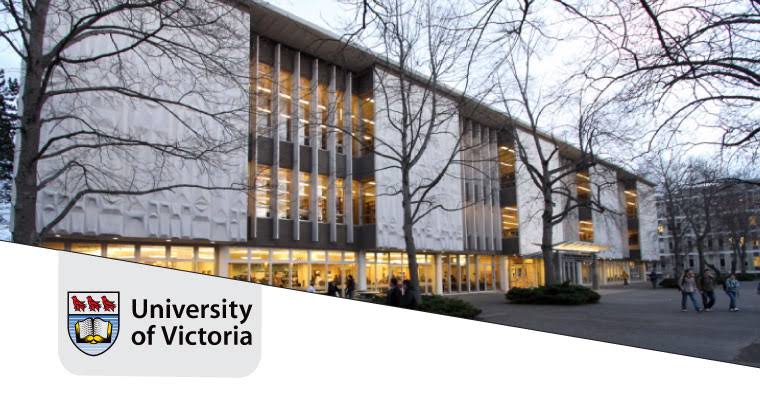In today’s fast-changing digital world, media literacy is an important skill for people everywhere. In Canada, where digital use has grown a lot since the pandemic, knowing how to find, understand, judge, and create media carefully is now essential. By July 2025, media literacy in Canada is more than just a school subject—it is a key part of talks about education, democracy, false information, and social unity. With more AI-made content, deepfakes, and false information online, especially on social media, Canadians are encouraged to be careful and smart when using and making media.
Defining Media Literacy in the Canadian Context
Media literacy refers to the ability to critically engage with various forms of media, ranging from news articles and television broadcasts to digital content on social platforms. In Canada, the concept has broadened in recent years to include digital literacy, algorithmic awareness, and emotional literacy related to online engagement. This is particularly relevant in a multicultural and bilingual nation, where diverse media sources influence public opinion in English, French, and Indigenous languages. Media literacy in Canada is about equipping people with the knowledge to navigate this complexity and make informed decisions based on verified information.
The Rise of Misinformation and Disinformation
One of the most pressing reasons for advancing media literacy in Canada is the alarming rise of misinformation and disinformation. During recent global events—including the COVID-19 pandemic, federal elections, and international conflicts—false or misleading content has spread rapidly across Canadian digital spaces. According to a 2025 MediaSmarts survey, over 62% of Canadians reported encountering misleading headlines or news at least once a week. Disinformation campaigns, often orchestrated by foreign actors or fringe groups, have attempted to manipulate public opinion on issues ranging from climate policy to immigration.
To counter this, federal agencies and civil society organizations are placing increased emphasis on media literacy as a tool of national resilience. Public awareness campaigns and school-based interventions have been introduced to teach Canadians how to identify manipulated media, check sources, and understand the economic and political motives behind certain content.
Integration into the Education System
The Canadian education system plays a crucial role in fostering media literacy. As of 2025, media literacy has been fully integrated into the national curriculum across all provinces, from elementary through secondary levels. Ministries of education have revised their frameworks to ensure that students are not only passive consumers of media but also active analysts and ethical producers of content.
Classrooms are now leveraging AI tools, fact-checking exercises, and real-time media case studies to help students understand narrative framing, bias, and context. Teachers are also trained through professional development workshops to incorporate media literacy into subjects like social studies, language arts, and civics. This shift ensures that young Canadians grow up equipped to question digital information critically and responsibly engage in the democratic process.
Media Literacy and Civic Engagement
In a democratic society like Canada, media literacy is intrinsically linked to informed citizenship and civic engagement. From participating in elections to understanding public health policies or climate change strategies, citizens need access to factual and diverse perspectives. However, with the fragmentation of traditional media and the rise of algorithm-driven news feeds, Canadians can easily find themselves in echo chambers that reinforce existing beliefs.
Media literacy provides the tools needed to escape these bubbles. It encourages individuals to seek out credible sources, cross-reference information, and approach social issues with open-minded skepticism. In recent years, initiatives such as the Canadian Election Misinformation Task Force have emphasized media literacy as a defense against election-related manipulation. Programs funded by Elections Canada now include community outreach in rural and Indigenous communities to improve understanding of news validity, electoral advertising, and media influence.
Indigenous Perspectives and Media Representation
Another important facet of media literacy in Canada involves representation and inclusion. For decades, mainstream media often excluded or misrepresented Indigenous voices. Today, efforts are underway to include Indigenous perspectives in media education, allowing all Canadians to critically examine how stories are framed, whose voices are heard, and what narratives are prioritized.
Organizations like the Aboriginal Peoples Television Network (APTN) and the Indigenous Screen Office are contributing content and learning resources to help both Indigenous and non-Indigenous Canadians interpret media with a more inclusive lens. Media literacy now incorporates decolonial thinking, challenging students and adults alike to recognize systemic bias and promote equity in storytelling.
The Role of Government and Policy
As misinformation threatens democratic institutions and public trust, Canada’s federal government has taken proactive steps to institutionalize media literacy. In 2024, the Digital Media Literacy Act was proposed in Parliament, seeking to fund nationwide programs, establish standards for media education, and regulate transparency on digital platforms. While the legislation is still under review as of July 2025, its introduction highlights the country’s commitment to strengthening its media landscape.
Government departments such as Canadian Heritage and Innovation, Science and Economic Development Canada are collaborating with nonprofits to offer free media literacy workshops, especially in underserved communities. These efforts aim to close the digital divide and ensure that all Canadians, regardless of socioeconomic background, have the tools needed to navigate the modern media ecosystem.
Challenges Ahead
Despite progress, Canada still faces notable challenges in achieving full media literacy nationwide. Rural areas and marginalized populations often lack access to high-quality internet and digital resources. Language barriers, generational divides, and media fatigue can also hinder engagement. Moreover, the rapid evolution of AI-generated content and deepfakes adds a layer of complexity that many Canadians are still unprepared for.
There is also a broader societal challenge in promoting critical thinking without fostering cynicism. Media literacy must strike a balance between skepticism and trust, encouraging Canadians to question narratives constructively while still engaging with trustworthy institutions and professional journalism.
Conclusion
As Canada continues to evolve in a digitally connected world, media literacy has become an indispensable pillar of its educational, civic, and democratic framework. It empowers individuals to navigate the media landscape with discernment, fosters inclusivity and representation, and builds collective resilience against misinformation. While progress has been made, ongoing investment in education, infrastructure, and public awareness is essential to ensure every Canadian, from the youngest student to the oldest voter, is media literate. In 2025 and beyond, a well-informed population is not just beneficial—it is critical for sustaining Canada’s democratic health and social cohesion.



